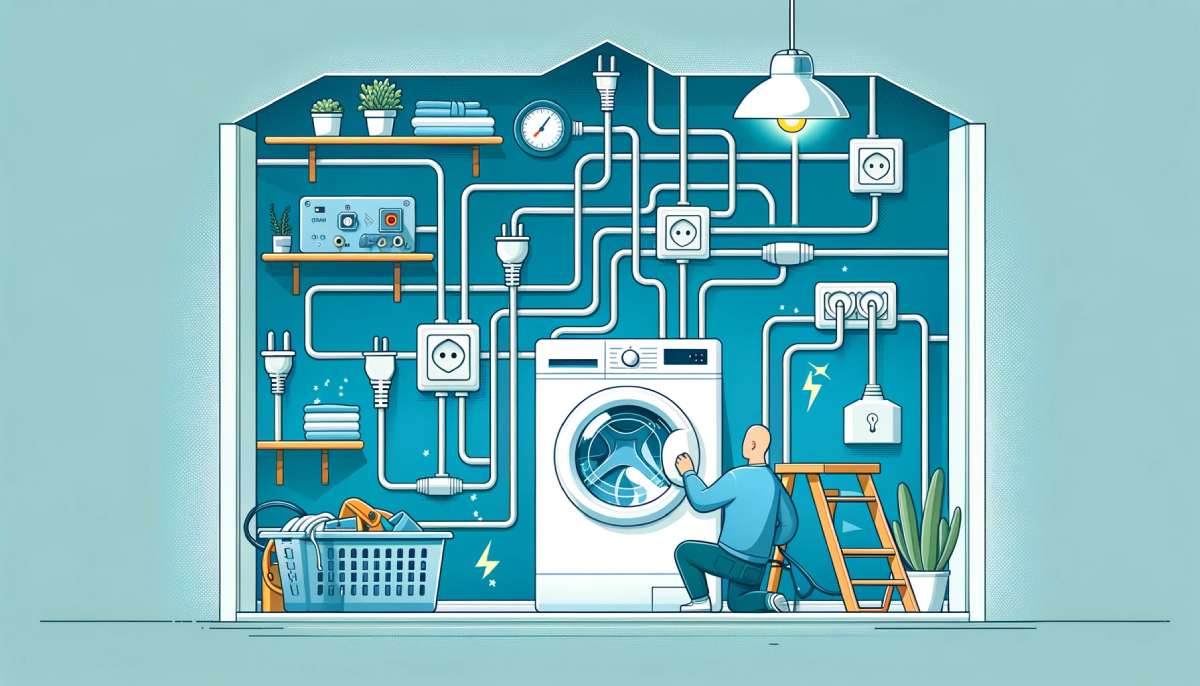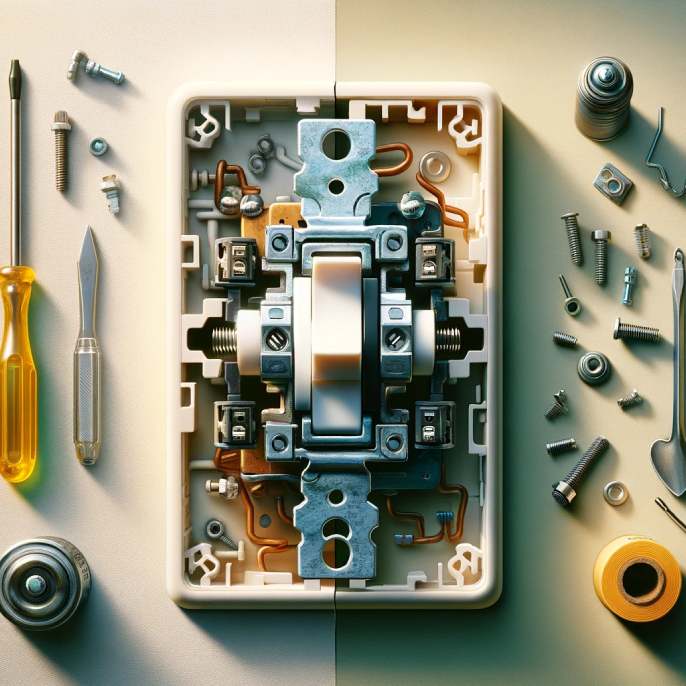
The Detailed Walkthrough of Setting Up Washing Machine Plugs
Installing washing machine plug sockets under your kitchen worktop is a common task that many homeowners face. Ensuring it’s done safely and effectively is crucial, as this can impact both the functionality of your washing machine and the safety of your kitchen. In this comprehensive guide, we will explore further the details of how to install a washer plug and socket, taking into account various considerations and safety measures.
| Section | Summary |
|---|---|
| Importance of Installing Plug Sockets | Explains the significance of dedicated plug sockets for washing machines. |
| Placing the Plug Sockets | Discusses considerations for the ideal location of the washing machine socket. |
| Installation Steps | Outlines the steps for safely installing a washing machine plug socket. |
| Conclusion | Emphasizes the importance of safety and consulting a professional electrician. |
Understanding the Importance when Installing Washing Machine Plug Sockets
Before we take a deep dive, let’s understand why installing a washer plug and socket is crucial:
- Electrical Safety: Washing machines require a dedicated electrical connection, which means a hard wiring. A proper plug socket with grounded earth ensures the machine operates safely without overloading other circuits. Plug washing machine into extension cord is quite dangerous.
- Easy Maintenance: Having accessible plug sockets allows for easy maintenance, such as checking fuses or disconnecting the machine when needed.
- Avoiding Water Damage: One of the primary concerns is water leaks. Proper placement of the socket can help mitigate the risk of damage in case of leaks.
- Aesthetics: The location of the plug socket can also impact the aesthetics of your kitchen. Finding the right balance between functionality and appearance is essential.
Placing the Washing Machine Plug Sockets in the right location
Determining the right location for your washing machine plug point is critical. Here are some key considerations:
1. Water Leak Concerns
While washing machines typically don’t spray water from the back, it’s still wise to consider the possibility of leaks. To mitigate this risk, consider placing the mains socket as high up on the wall as possible while still within reach.
2. Accessibility
Accessibility is key for maintenance. Ensure that the socket is easily accessible so you can check the fuse or disconnect the machine if needed. Placing it too far behind the machine can be inconvenient. To minimize any potential negative effects, it is advisable to place the socket where it is accessible and preferably at least 150mm – 300mm away from the water outlet pipe.
3. Distance from the Standpipe
Positioning the socket away from the standpipe is a good precaution. This can help prevent water damage in case of a standpipe overflow.
4. Flex Outlet Plate
One option to consider is using a flex outlet plate. This eliminates the need for a visible socket below the worktop, providing a cleaner look while still ensuring electrical safety. Beside that, you can consider installing a recessed wall main socket with cover which can hide the socket into the wall so that your washer are getting closer to the wall at the most.
This Socket will save the space a lot, so that your washer and dryer will get quite close to the wall. Below image shows how effectively it works.

Installation Steps
Now, let’s outline the steps for installing a washing machine plug socket:
- Turn Off Power: Before you start, ensure the power is turned off at the mains to avoid any electrical hazards.
- Choose the Location: Based on the considerations mentioned above, choose the ideal location for your plug socket.
- Drill a Hole: If you’re placing the socket below the worktop, drill a hole to feed the cable through.
- Connect the Socket: Install the socket, ensuring proper electrical connections and securely fastening it to the wall.
- Wiring: Carefully wire the socket according to the manufacturer’s instructions. If you’re not confident in your electrical skills, it’s advisable to hire a qualified electrician.
- Test: Once everything is connected, turn the power back on and test the socket to ensure it’s functioning correctly.
Conclusion
Installing a washing machine plug socket under your kitchen worktop is a task that requires careful consideration of safety, accessibility, and aesthetics. By following the guidelines and steps outlined in this comprehensive guide, you can ensure a safe and efficient installation. Remember, if you’re unsure about any aspect of the electrical work, it’s always best to consult a professional electrician to guarantee the safety of your home and appliances.
To minimize any potential negative effects, it is advisable to place the socket where it is accessible and preferably at least 150mm – 300mm away from the water outlet pipe.





